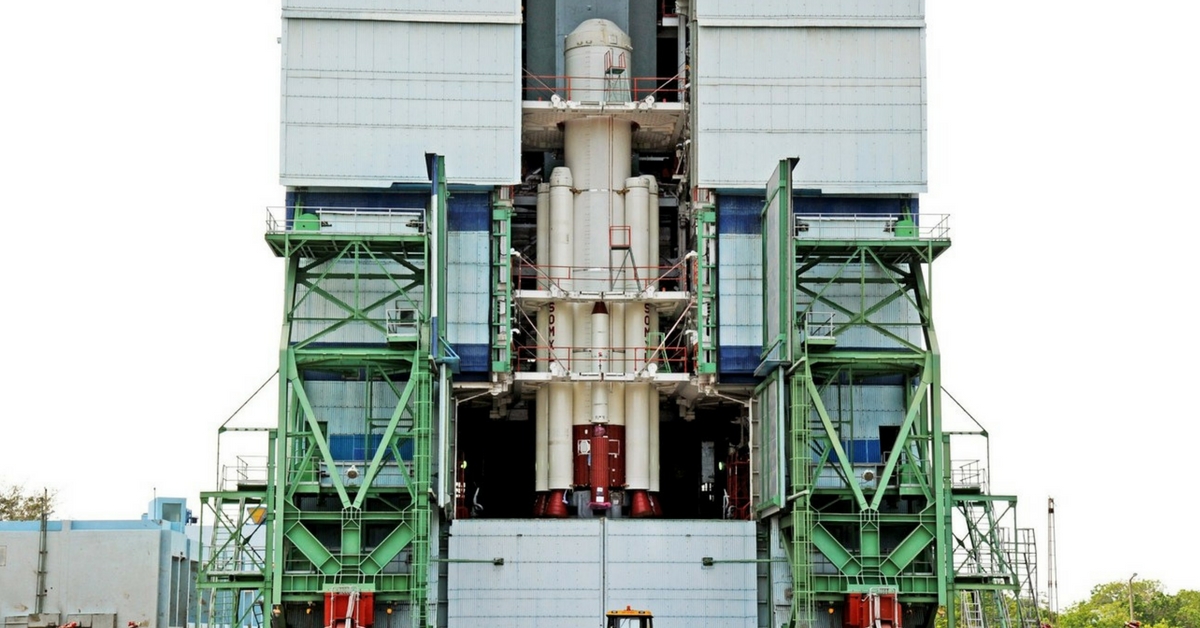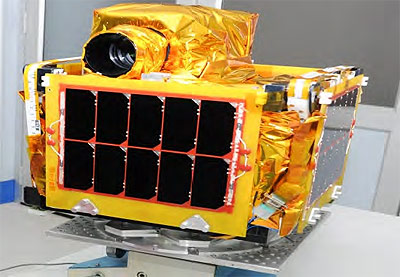A Nano Satellite on Today’s ISRO Cartosat-2 Is Developed Entirely by Students of a TN University!
Developed by students of Noorul Islam Centre for Higher Education under Noorul Islam University in Kanyakumari district, NIUSAT is part of the Cartosat-2 Series and lifted off from Sriharikota at 9:29 AM.

Of all the 30 co-passenger satellites that were launched by the rocket PSLV-C38 today, there was an Indian Nano Satellite too that took the trip!
What makes it so special is its indigenous make.
Developed by students of Noorul Islam Centre for Higher Education under Noorul Islam University in Kanyakumari district, NIU Sat is part of the Cartosat-2 Series Satellite Mission and lifted off from Sriharikota at 9:29 AM.
The satellite has a Miniature Wide Field Sensor (MWiFS) for agriculture and disaster management support applications.

According to Hindustan Times, an exclusive mission control centre with UHF/VHF antenna for Telemetry/Telecommand operations and S-Band antenna for Payload data reception has been set up at the university premises.
The imagery from the NIU Sat will be utilised for identifying potential agricultural diseases of the crops around Kanyakumari District and to provide timely assistance to the Disaster Management Support (DMS) programme that will address disasters due to flood, cyclone, drought, forest fire, landslide and earthquakes.
You may also like: Challenged to Survive Only 180 Days, ISRO’s Mangalyaan Celebrates 1000 Earth Days in Orbit
According to the University’s Director (Academic Affairs) A Shajin Nargunam, the conceptualisation of the project took place sometime after the December 2004 tsunami that caused massive wreckage in the coastal regions of Tamil Nadu.
“We were thinking of how can we monitor the coastal region after the tsunami struck in 2004. You know it caused a lot of devastation. After several rounds of discussions, we concluded that we must continuously monitor the coastal mechanism,” said the official, who chose to remain unnamed, as reported by Hindustan Times.
He also mentioned that the project formally took form by February 2012, after which it took the campus close to five years for completion.

“The total cost, I believe, is around ₹20 crore. We have the entire necessary infrastructure and the investment includes the master control facility, which we have set up in the University itself. After the satellite reaches the intended orbit, we will take control from the facility,” he added.
Reportedly, almost 102 students and faculty played a significant role towards the satellite’s development.
Like this story? Or have something to share?
Write to us: [email protected]
Connect with us on Facebook and Twitter.
NEW: Click here to get positive news on WhatsApp!
This story made me
- 97
- 121
- 89
- 167
Tell Us More
We bring stories straight from the heart of India, to inspire millions and create a wave of impact. Our positive movement is growing bigger everyday, and we would love for you to join it.
Please contribute whatever you can, every little penny helps our team in bringing you more stories that support dreams and spread hope.


















